As more and more physicians, clinics, and hospitals look towards EMR development, the manner of caregiving is evolving at great speed. Physical lines of patients waiting to see a doctor or specialist are a thing of the past. The healthcare industry landscape has changed, and it’s only getting better. With EHR software development for doctors providing enhanced convenience, patients report higher satisfaction rates than ever. EHR development for patients also offers simplified interaction options between the caregiver and patients, creating a seamless flow of information in the medical process. EMR software development has something to offer for every entity in the healthcare domain – providers, staff, and patients.
When automated EHR solutions are deployed to a healthcare organization’s information system, it immediately automates acquiring, analyzing, and utilizing health and patient information toward providing quality patient care.
With the implementation and constant evolution of policies related to Electronic Health Records (EHR), health information software aims to improve the overall efficiency of healthcare information management within an organization through improved accessibility and interoperability. Right from the get-go, it can substantially reduce common hurdles experienced by healthcare organizations.
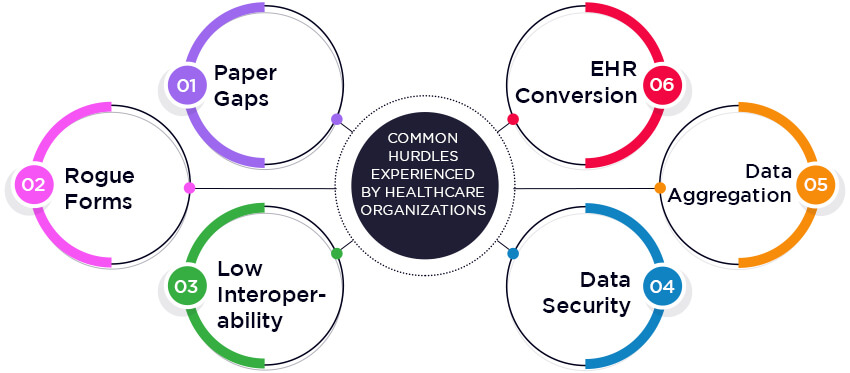
Paper Gaps: The unstructured form in which current medical information is gathered poses several gaps in the holistic accumulation of patient information.
Rogue Forms: As information moves online, there are instances where rogue forms are floating around
Low Interoperability: Inefficient systems in the sharing of information across multiple platforms for accessibility across organizations.
Data Security: The security of data from online attackers continues to be a key concern for healthcare organizations.
Data Aggregation: Healthcare data aggregation is a cumbersome task that organizations need help to overcome.
EHR Conversion: Converting paper-based data into electronic health records remains challenging due to limited accessibility and unstructured paper records.
EMR development is the stepping stone on which quality care is undertaken, and the importance of medical records accuracy cannot be undermined. As the future of healthcare transitions toward providing value-based care, EHR solutions should be designed to automate medical records management for error-free and optimized digitized patient registration, thereby increasing the overall quality and driving higher profits.
Having said this, EHR system development is now a costly affair. The substantial costs will only increase as technologies advance, and solutions get smarter. Therefore, it would be prudent to ensure that EMR/EHR development services are deployed to multiply ROI.
Ancillary Features in Custom EHR Development
Before going any further, let us list the broad categories offered by EMR development teams floating in the industry. Broadly speaking, the first order of business is to identify the type of EMR/EHR software development based on specific requirements.
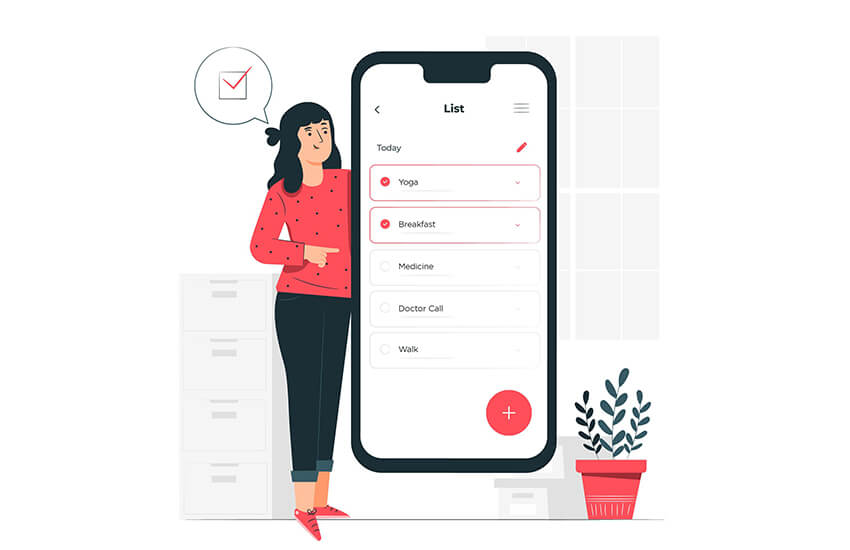
Assistive Features: These assist patients with post-op health maintenance by aiding day-to-day tasks. From simple mobility activities and communication tools to other body support, medical EMR software can be integrated with population health management for added advantage.
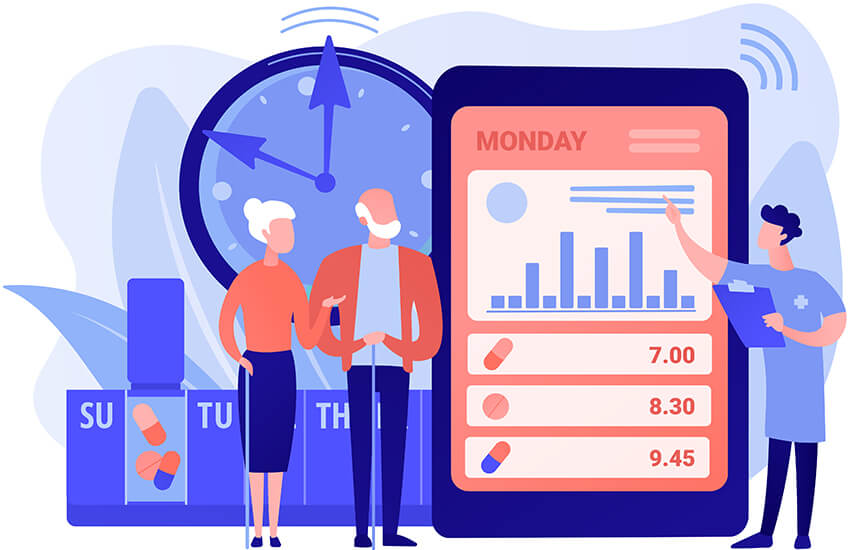
Medication Features: Prescription features for doctors are popularly included in EHR software solutions for healthcare professionals to manage the problem of non-adherence to medications. Through these features, doctors can upload the medication requirements, patients can be reminded to take their medication, the dosage can be calculated, and information on different medications can be received for healthcare management.
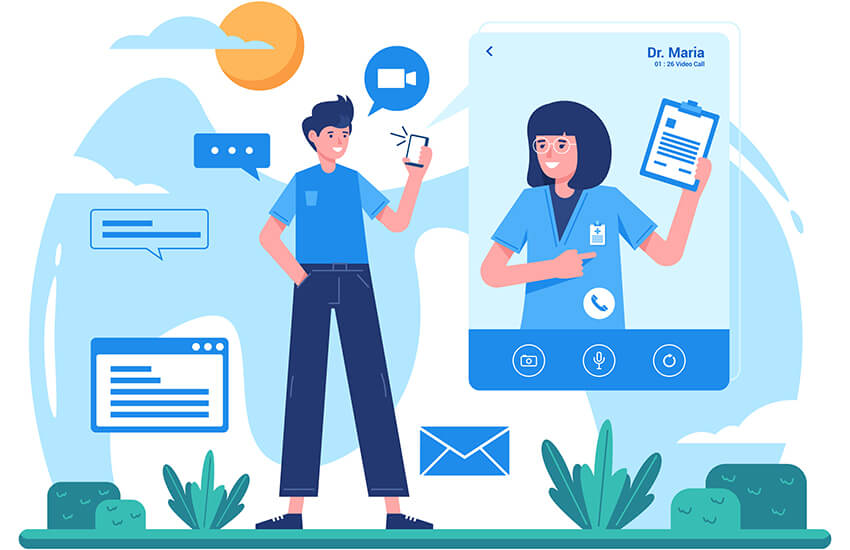
Telemedicine Features: Including this feature in EMR software solutions allows doctors to connect remotely with their patients via smartphones. EHR EMR software development of this kind creates medical features for doctors to access remote areas and increases patient convenience. Through intelligent patient engagement systems, these features can help doctors virtually monitor patients and track their progress.
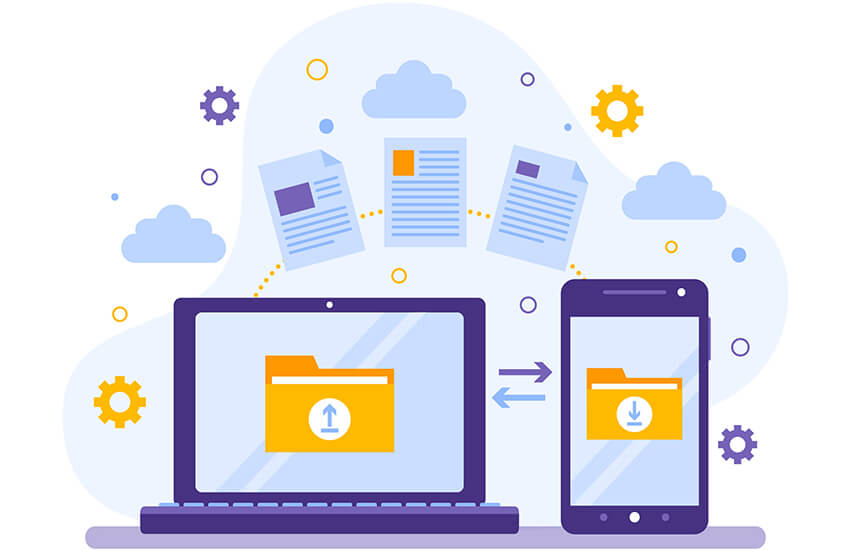
Exchange Features: EHR EMR software product development features are meant to allow doctors and patients to engage in electronic data interchange. Irrelevant to patient and doctor location, EHR development allows access to health data and the continuation of building treatment plans in a secure virtual environment.
7 Ideas for Successful EHR Development:
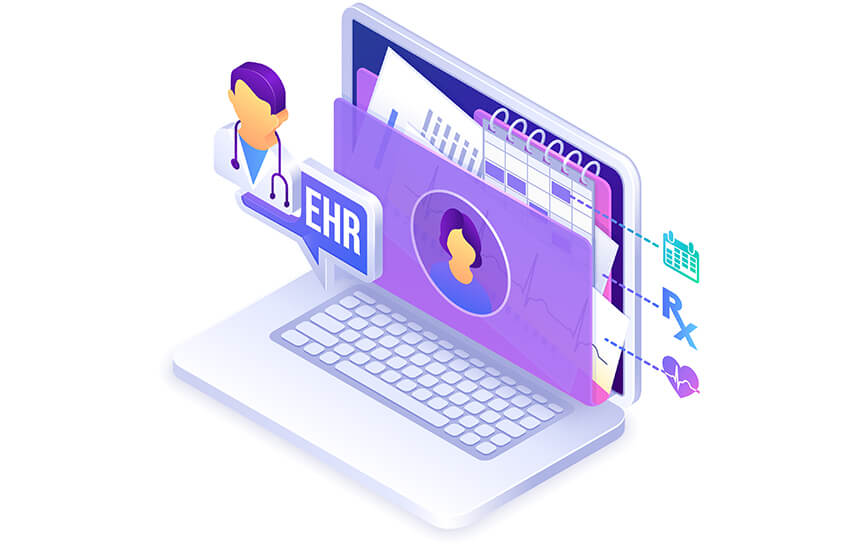
1. User-Need Identification: The foundation of building customized software is to identify the specific requirement of the user – in this case, doctors, medical staff, or patients. When it comes to healthcare software for doctors, the doctor is going to be the one who will determine the success of your development. Healthcare software development must, therefore, be undertaken to keep the end user’s needs and requirements in mind. Through every stage of development, EHR developers should consult with specific doctors to gauge their response to the usability of the software. Many intelligent healthcare analytics solutions are available that can adhere to the end user’s specific needs.
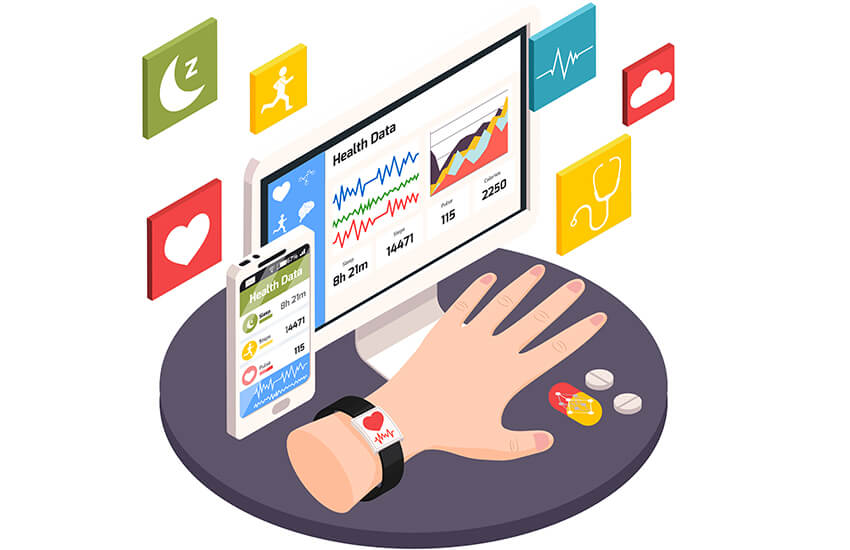
2. Tracking Health Metrics: Medical software for doctors and patients alike requires a basic tool to track the patient’s health metrics. Through this feature, the software will collect data and help with progress tracking through graphs and charts. Treatment history and other health metrics are collated through cloud computing in healthcare to provide easy accessibility and higher-quality remote health management. Medical software can use cloud data storage to access medical files across multiple devices and locations. These features significantly improve the quality of care through secure and flexible health tracking.
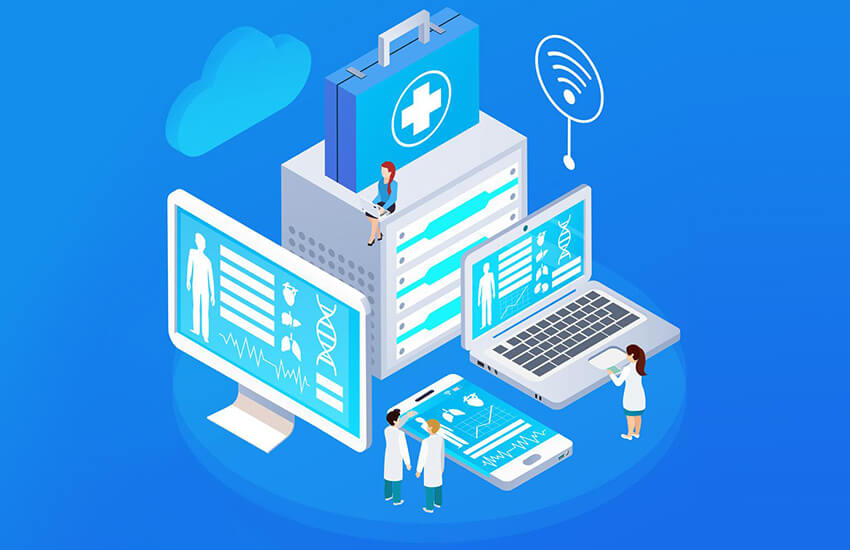
3. Information Sharing: As EHR development increases its service offerings, this feature can create an information-sharing platform to collaborate between professionals and share learnings. Medical software also uses this information-sharing technology to disperse new terms and medicines for broader knowledge. There are several intelligent medical informatics solutions to create platforms of this nature. Information sharing can be an extremely useful feature in medical software for nurses. These developments can aid in collaboration between nurses to encourage learning among peers. Medical info software also uses this feature to share knowledge with patients with chronic diseases.
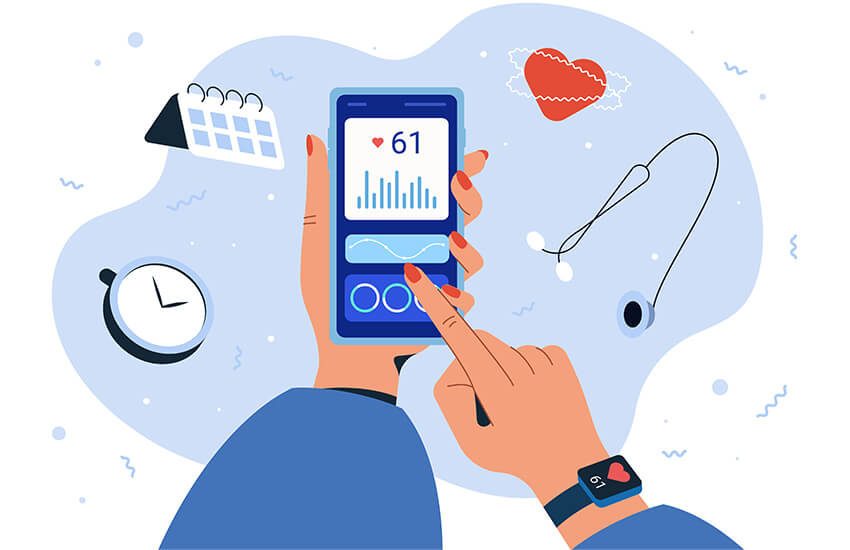
4. Self-Test Tools: Medical software development for doctors created through healthcare automation can allow virtual access to patients for consults and doctor appointments. Software with this feature allows patients to conduct a self-test before the appointment for quick access to the doctor. Clinical medical software development for doctors can then use these self-tests to provide the physician or specialist with a summary of critical information for analysis through integrated healthcare solutions. As body vitals and activity levels are continuously monitored in medical software for patients, these self-test tools are continually improving and evolving. Finally, a self-test tool minimizes doctor visits through healthcare development that regularly monitors patient health.
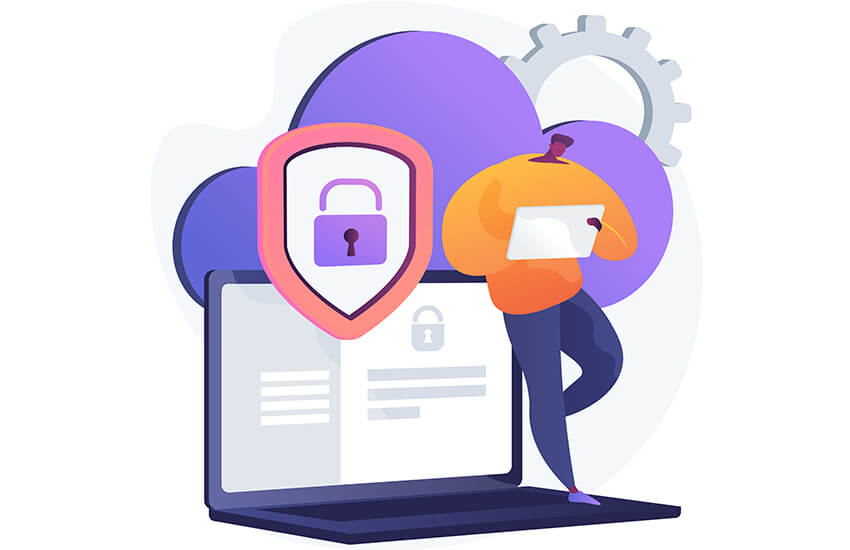
5. Quality and Security Checking: Medical EHR development for doctors requires stringent quality and security checks. A hospital EMR software must look into the compliance requirements relevant to it. During healthcare development, keen attention needs to be paid to applying HIPAA-compliant solutions with relevant state laws incorporated into them. Healthcare EHR software deals with sensitive patient health data; therefore, developers need to ensure that security provisions are in place to safeguard against breaches. Healthcare interoperability should be undertaken with the highest quality standards as well.
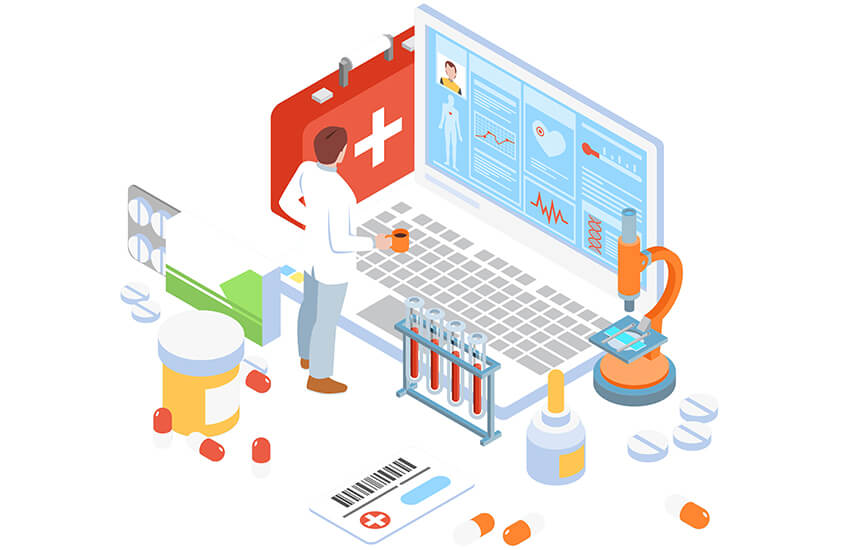
6. Design Thinking Approach: The design thinking approach is a new and creative approach toward EHR interface development. This means that the software is developed via a patient-centric approach. Healthcare EMR development should be defined around improving the patient experience. Whether one is looking into healthcare EHR for patients, prescription EHR for doctors, EHR for healthcare providers, medical EMR for doctors and patients, medical record management for doctors, medical assistant EHR, medical info software, or medical EHR for nurses – the bottom line is to provide an improved caregiving experience. The EMR developer should pay close attention to enhancing the patient experience through every developmental cycle of the software. Thus, software for healthcare professionals requires a constant eye on the bottom line. Practice management can be utilized toward this end of healthcare software development.
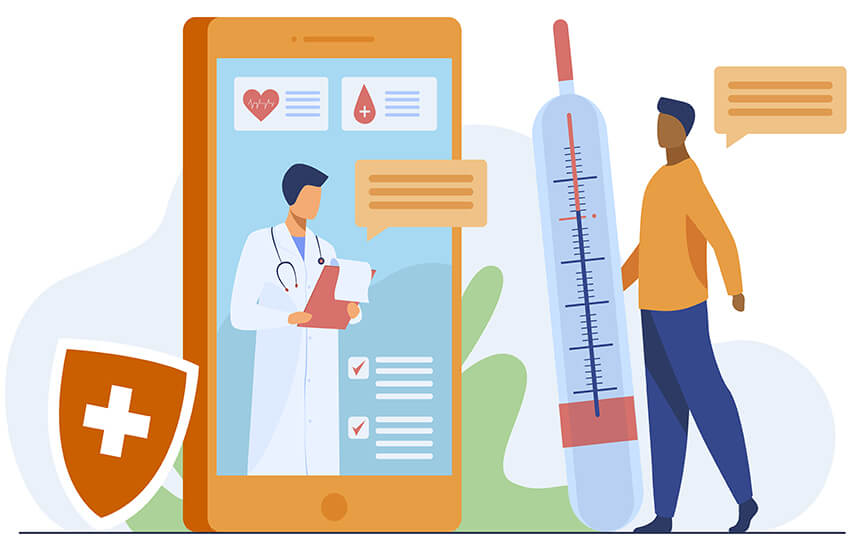
7. Inclusive Combos: While developing EHR for doctors, we can look into deploying mHealth to integrate multiple solutions to offer more than one service. Healthcare web software development can include combination offers, such as telehealth + RPM, telehealth + chatbot, and telehealth + EHR + medical billing. Healthcare web development that offers more than one feature is more likely to succeed due to the added advantage.
Conclusion
Healthcare EHR development requires a stringent analysis of the needs of healthcare professionals and their expectations from software development. Healthcare software development that adopts some or all of the above features is more likely to provide significant ROI. Every healthcare organization looking to invest in healthcare product software development needs to carefully analyze its specific needs and the needs of its entities for maximum utilization.
OSP is a trusted software development company that delivers bespoke solutions as per your business needs. Connect with us to hire the best talents in the industry to build enterprise-grade software.

How can we help?
Fill out the short form below or call us at (888) 846-5382
Looking for software solutions to build your product?
Let's discuss your software solutions for your product in our free development acceleration call!
Get In Touch arrow_forwardDiscuss Your Project Handover with a team of expert Book a free consultation arrow_forward
About Author

Written by Riken Shah linkedin
Riken's work motto is to help healthcare providers use technological advancements to make healthcare easily accessible to all stakeholders, from providers to patients. Under his leadership and guidance, OSP Labs has successfully developed over 600 customized software solutions for 200+ healthcare clients across continents.

















